Hide n Seek
Building a game for my girls
use the arrow and X keys to play
How to Play
To play, select the seeker with the arrow keys and press X. The idea is to explore our pixelated living room and find the hidden players. You start with 10 ‘looks’. Move around the living room, pressing the look button (X) where you think the players might be hiding. If you find a player, you get two more looks. If you find everyone with looks remaining, congratulations! Press X to play again.
Hours of fun for the whole family, guaranteed or your money back.
Motivations
My daughters, Arla and Phoebe, love playing hide and seek in our shoebox of a house. It’s not my favorite game, considering there are only so many hiding places in our house I can squeeze my fat arse into. Nevertheless, the girls love it, so they may nag me into a game or two on a Sunday morning.
Little mummy and little daddy?
Before the girls came along, Celestina used to create occasional comics, usually to mock one of my hobbies of the week. This tradition has stuck, and we make each other cards for birthdays and the like.
Here a few examples
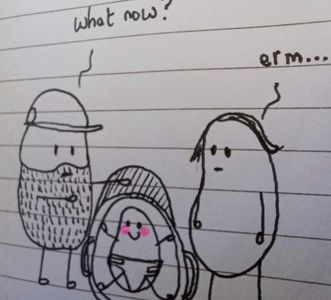
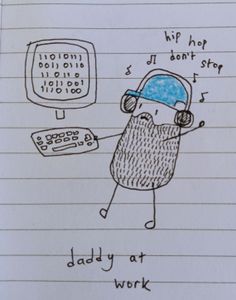


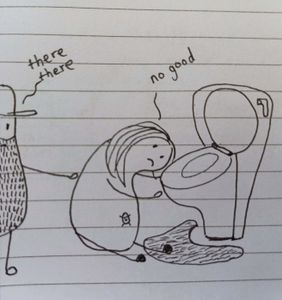
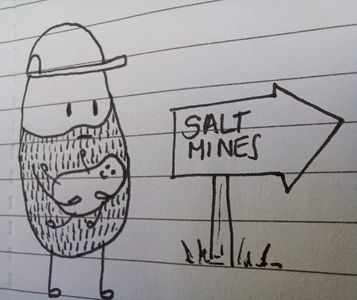
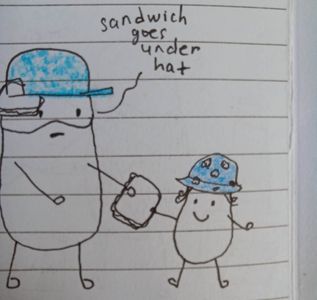
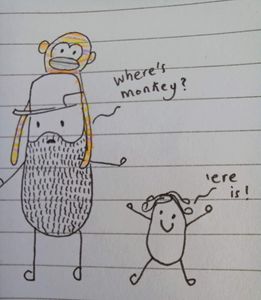
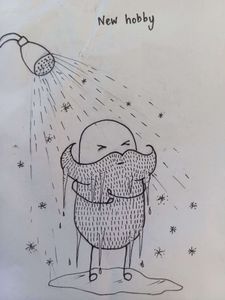
For a while, Arla’s imaginary friends were little mummy and little daddy, which might seem a tad red-flaggy without context.
Pico-8, you say?
Yeah, it’s a great place to start making small hobby games, I think. I like its harsh constraints that force you to get on making and not get stuck in analysis hell. For me, the choice was Pico-8 or similar open-source alternatives, or going for something more fully-fledged like Unity or the open-source analog Godot. I chose Pico-8 because it is self-contained and restricted, making finishing small projects seem more achievable in a short time frame. I also appreciate its rather barebones nature—it doesn’t have a physics engine built-in like Unity/Godot, for example. If you want gravity and rigid bodies, you need to learn some 2D Game Maths. It reminds me of the good old days of coding in Flash, where I learned to code many moons ago.
Speaking of Maths for making games, I would love to learn that one day. I have been eyeing up this course game physics engine programming. But I have many more projects I want to do before then. And before you ask, I have zero interest in pursuing a second career as a game developer. I’m far too refined and distinguished to be slamming Mountain Dew while pulling 80-hour weeks. My family needs me at home, working normal person hours. Pursuing this area in a more leisurely mindset does have some allure, however. I’ll put it on my long leisure pursuits to-do list.
If you are interested in having a play with Pico-8 here’s a great collection of learning material
Now I hear what you are saying, Cam, you made such a song and dance on your about page about how you are all about TDD and clean code. And this code is, well, not that. Yes, you are right. I feel another post coming on about me refactoring the code and making it cleaner.
Stay tuned.